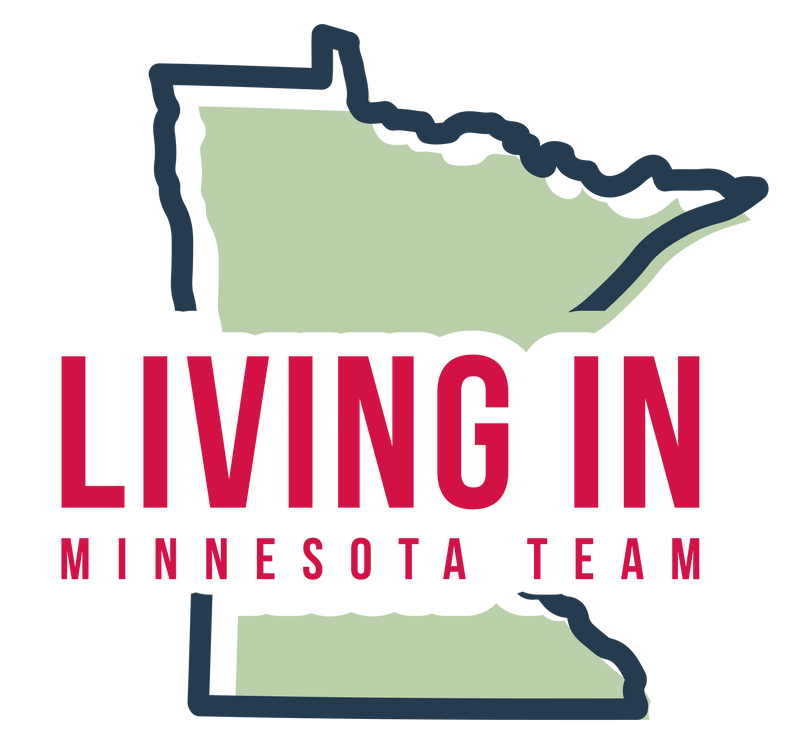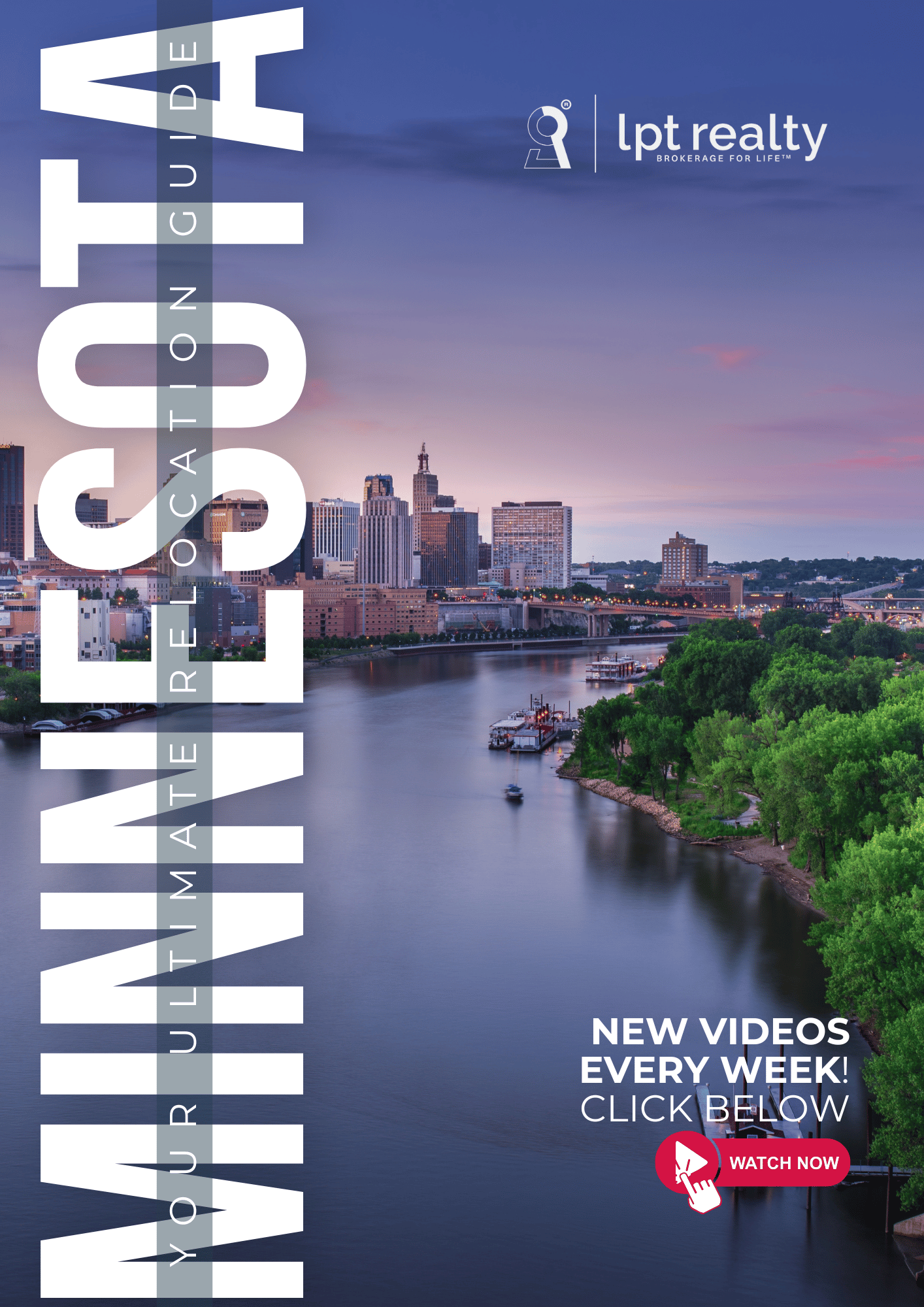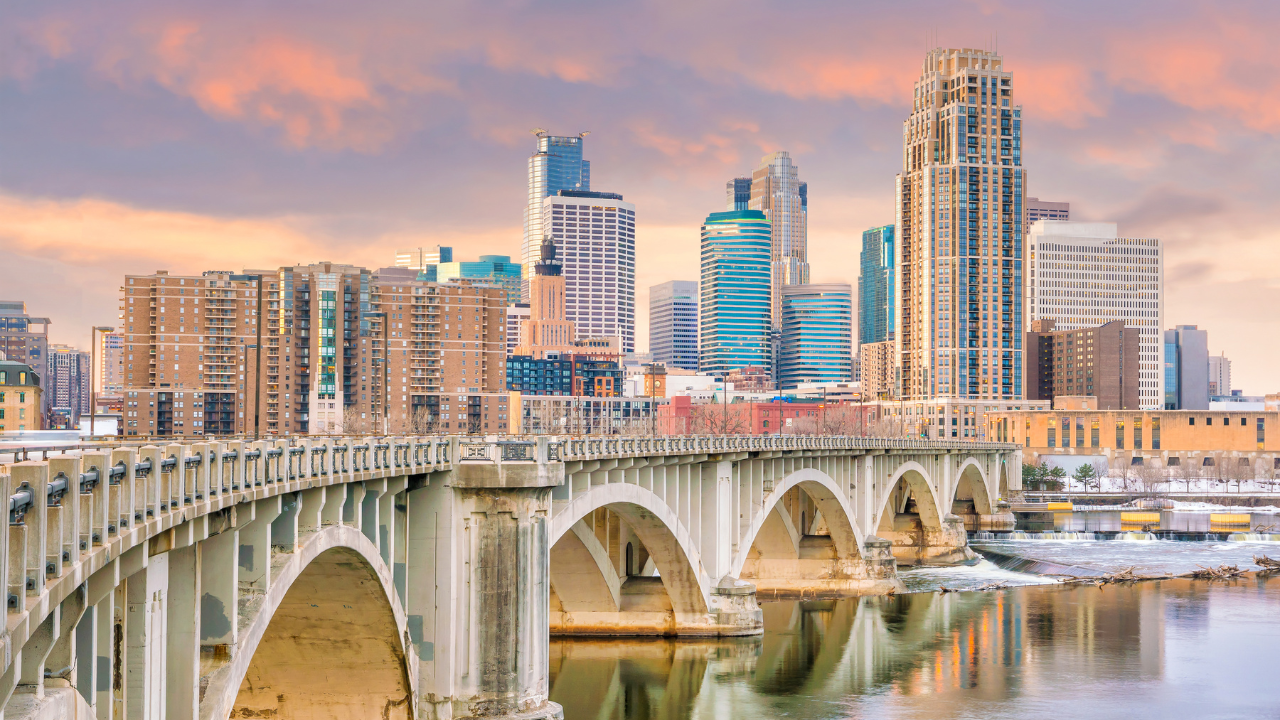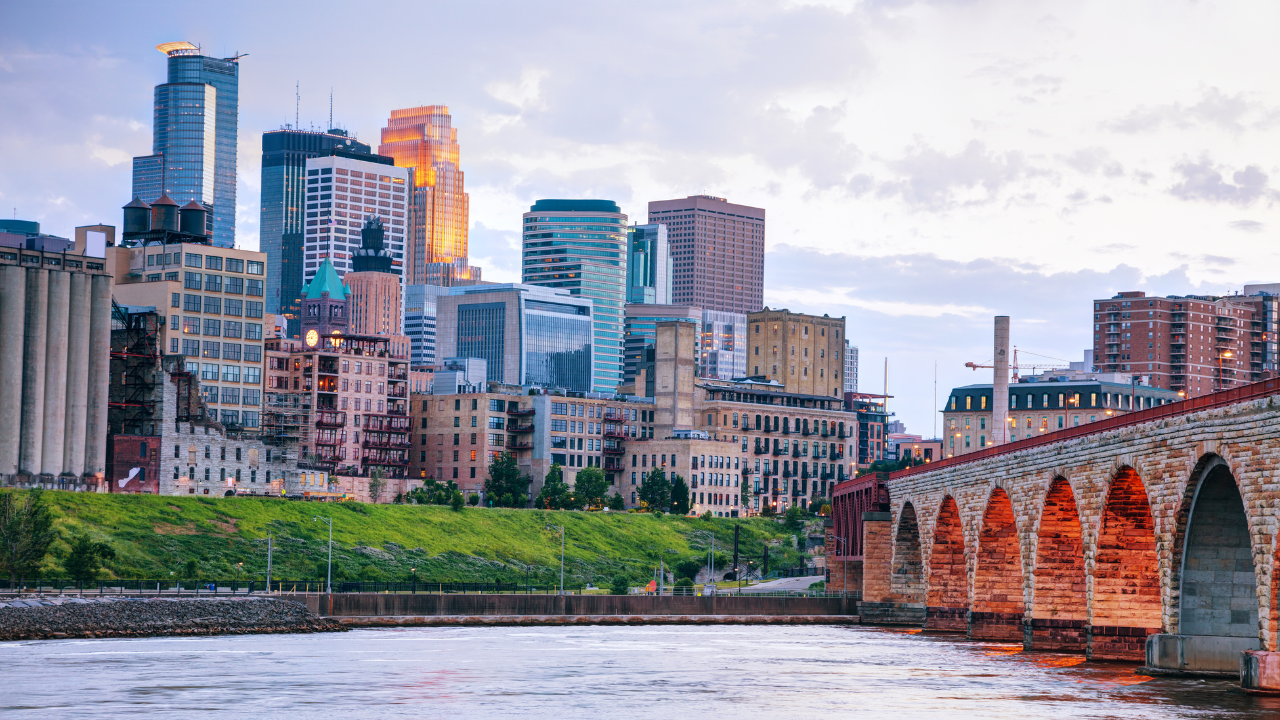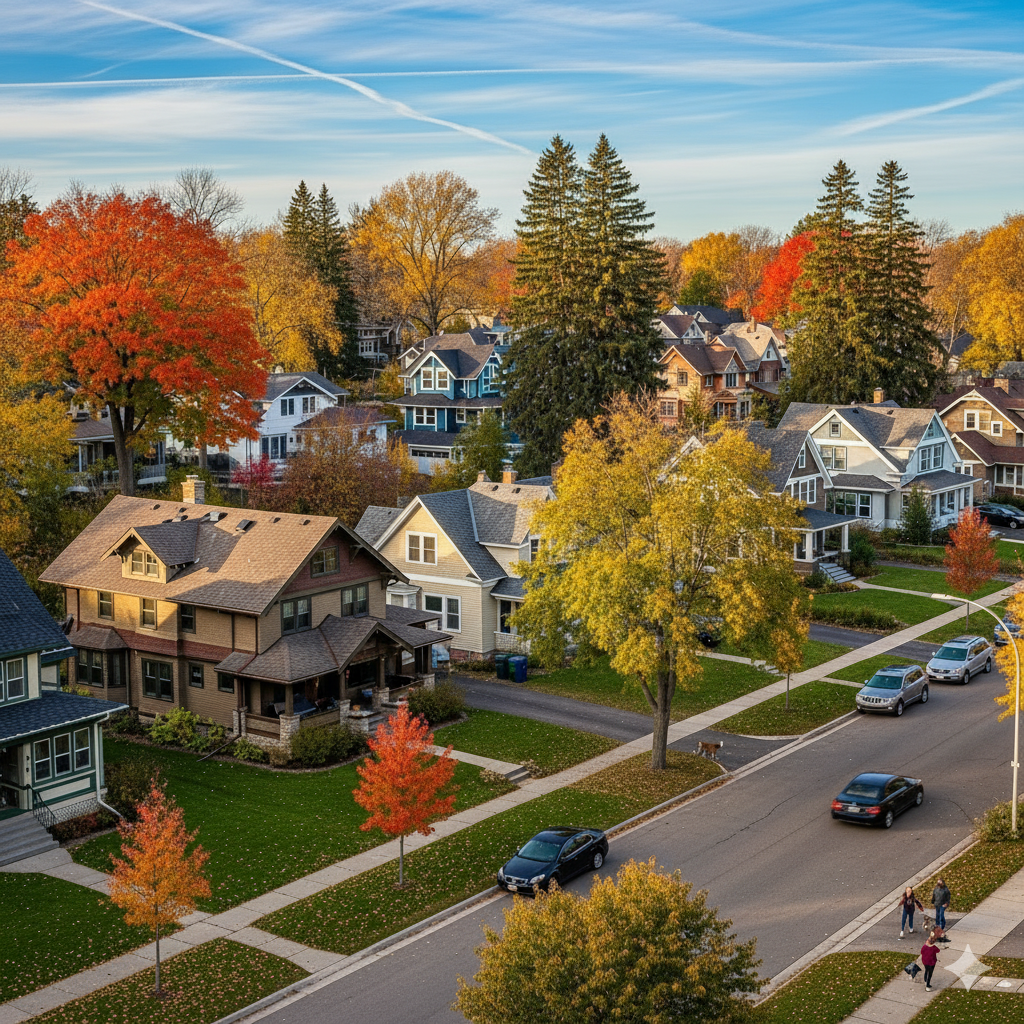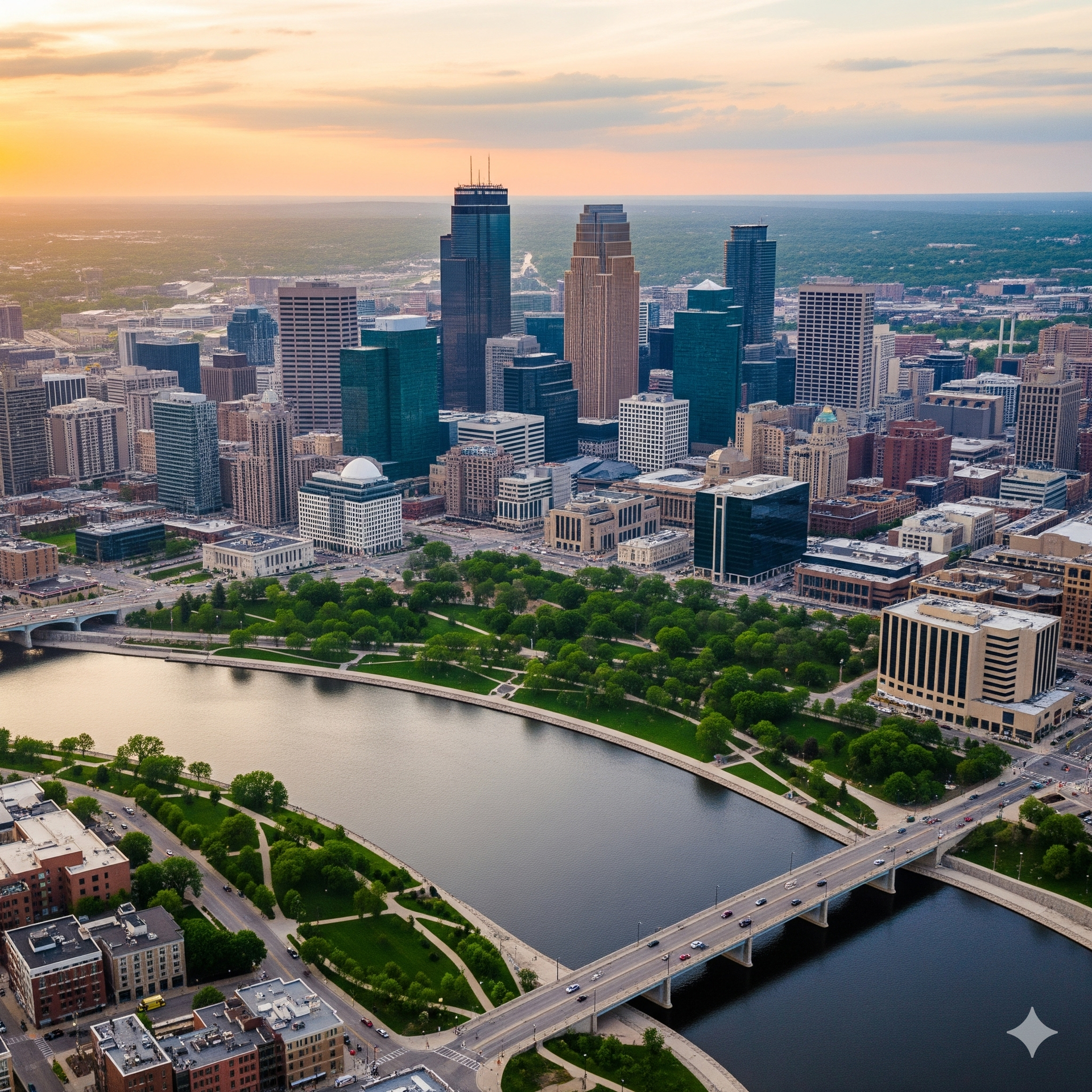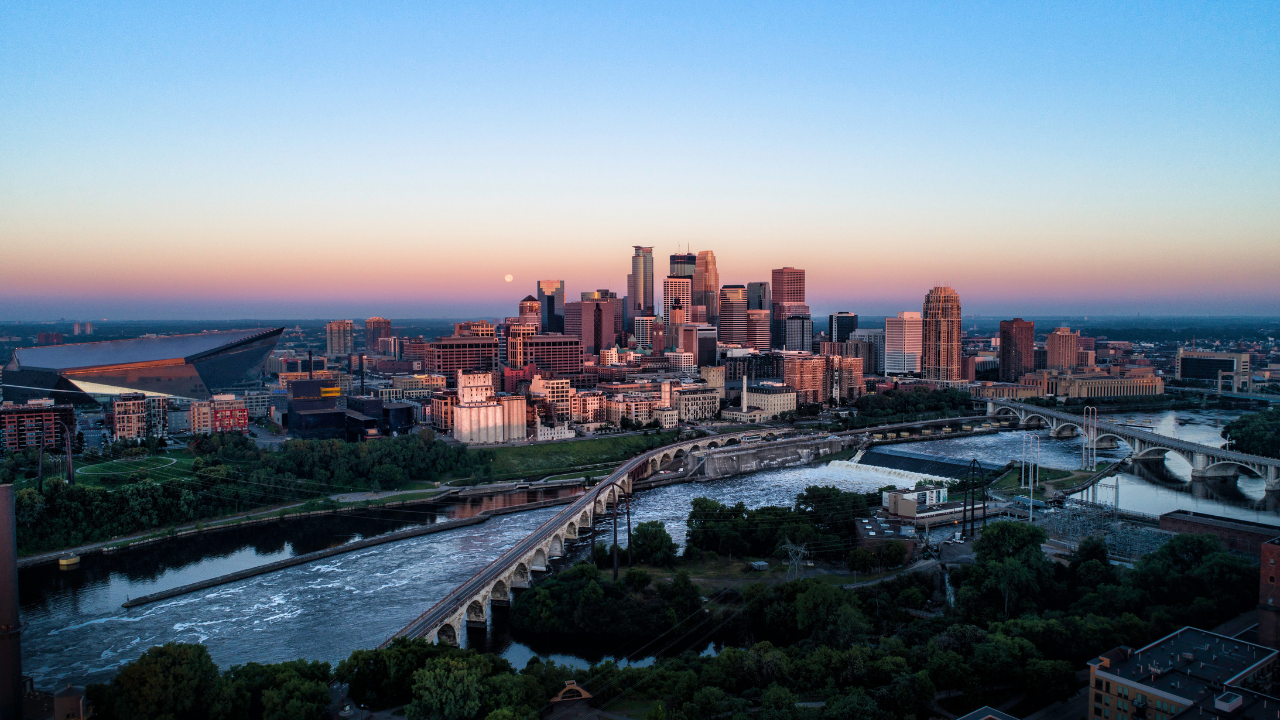What Everyone Gets Wrong About the Twin Cities in 2025
If you've watched my videos or followed my work helping people move to the Twin Cities, you know I love busting myths about Minneapolis and St. Paul. In this piece I want to dig deeper into common misconceptions I hear all the time: that it's always freezing here, that crime is sky-high, that there isn't anything to do, and even the confusion about which city is the state capital. I'm going to walk through five big myths, give concrete facts, practical tips for anyone considering a move, and plenty of context so you can see what life here is really like in 2025.
Table of Contents
- Common Misconceptions About the Twin Cities in 2025
- Myth #1: Is It Always Freezing Cold in Minnesota?
- Myth #2: Is Twin Cities Crime Really That Bad?
- Myth #3: There’s Nothing to Do in the Twin Cities
- Myth #4: Is Minneapolis the Capital of Minnesota?
- Myth #5: Are Minneapolis and St. Paul Basically the Same City?
- Final Thoughts on Living in the Twin Cities
- Twin Cities FAQ for New Residents
- Want More Twin Cities Insights?
Common Misconceptions About the Twin Cities in 2025
Before I break down the five myths individually, here's a quick roadmap of what we'll cover:
• Myth #1: Is It Always Freezing Cold in Minnesota?
• Myth #2: Is Twin Cities Crime Really That Bad?
• Myth #3: There’s Nothing to Do in the Twin Cities
• Myth #4: Is Minneapolis the Capital of Minnesota?
• Myth #5: Are Minneapolis and St. Paul Basically the Same City?
I'll give you facts, local examples, and real advice about how to evaluate neighborhoods and plan for life in the region. If you're planning to move to the Twin Cities, a curious traveler, or someone who grew up here and still believes these myths—read on!
Myth #1: Is It Always Freezing Cold in Minnesota?
This is the first myth I get asked about in almost every conversation with out-of-state folks. People picture Minnesotans permanently bundled up, only leaving the house to shovel snow. The truth? Minnesota has real seasons—four of them—and extremes at both ends.
Let me give you some concrete facts:
- Heat records: In early June (the second week), we recorded a "feels like" temperature over 100°F in the Twin Cities. Our all-time recorded high is 108°F. To put that in perspective, that's almost as hot as highs you’ll see in Florida cities like Miami and Tampa.
- Recent winter trends: The last two winters were the warmest on record for Minnesota, beating the previous winter record by about 2°F.
- Sunlight in winter: We actually get more mid-winter sunlight hours than many supposedly “warmer” parts of the country—more than much of the Great Lakes region, the Pacific Northwest, parts of the South, and most of the Northeast.
So what does that mean for life here? It means that summers are legitimately hot and that winter can be cold—sometimes very cold. But it also means:
- Spring and fall are genuinely pleasant, and those shoulder seasons are prime time to be outdoors.
- Cooling off during hot spells is easy because of the abundance of lakes around the Twin Cities. Jumping in a lake is a Minnesota solution to heat.
- Homes are well-equipped—the AC works fine in summer, and winters are baked into city infrastructure. Roads get plowed quickly because they have to.
If you plan to move to the Twin Cities, bring seasonal clothing for both extremes. But don’t let the old stereotype of “always frozen” scare you away from summers that are full of outdoor life.
Practical tips for adapting to Minnesota climate
- Invest in layered clothing: winter gear for cold snaps; light, breathable fabrics for summer heat waves.
- Check the home’s HVAC system when buying: ensure the existing heat and AC are in good shape.
- Explore local lakes and parks—these are your best escapes in both summer and winter.
Myth #2: Is Twin Cities Crime Really That Bad?
This is a sensitive topic and I’m careful talking about it because opinions about "high" or "low" crime are hugely variable depending on where you’re from. Someone moving here from Chicago, Los Angeles, or rural Nebraska will come with entirely different expectations. Also, as a real estate professional, there are legal and ethical limits on how much I can stereotype neighborhoods based on crime.
That said, I can give you clear, factual guidance on how to interpret crime data and what to check when you're deciding where to live:
- Scale matters: The Twin Cities metro area is a large region made up of dozens of distinct cities. Some articles conflate the city of Minneapolis with the entire metro. That's a huge difference. Minneapolis as a city does rank higher compared to some other U.S. cities, but the Twin Cities metro overall does not crack the top 50 most dangerous metros per capita according to Statista.
- Look per capita: When comparing crime, always use per-capita numbers. A mid-size suburb with fewer people will naturally show fewer total crimes—but per-capita rates give you apples-to-apples comparisons.
- Use primary data sources: Turn to the FBI, local police department websites, or official crime databases. Avoid relying solely on opinion-based or algorithmic sites that pull data from user reports and reviews—they can be biased or inaccurate.
Here are three practical tips I always share with clients:
- Decide whether you're comparing Minnesota as a whole, the Twin Cities metro, or the city of Minneapolis/St. Paul individually—each tells a different story.
- Always normalize by population (per 100,000 residents is standard) to get a fair comparison between cities.
- Use raw data from police reports and the FBI, then interpret trends (is crime increasing, stable, or decreasing?) rather than relying on a single snapshot.
Where to focus if safety is your top priority
If you’re moving with family or simply want to prioritize lower-crime neighborhoods, concentrate on suburbs and smaller municipalities and compare them with the place you're coming from. Suburbs like Eden Prairie and Maple Grove often rank favorably compared to national averages, but always check the specific metrics and neighborhoods because citywide averages can hide local variation.
Myth #3: There’s Nothing to Do in the Twin Cities
One of my favorites to bust. People who haven't spent time here sometimes imagine the Twin Cities as quiet, sleepy, or isolated. Nothing could be further from reality. The region is loaded with cultural institutions, outdoor recreation, family-friendly destinations, and niche activities for every interest.
Example scenarios to make this clear:
- If you are someone who loves biking. We can help you search specifically for homes close to the Twin Cities' incredible trail network: the Soo Line Trail, Cedar Lake Trail, the Minneapolis Greenway, riverfront trails along the Mississippi, the Loose Line Trail, and many more.
- If you are into soccer, our team can help you move to Blaine for youth soccer opportunities, because of easy access to sporting facilities and travel to games in the area.
- If your family loves arts and culture chose Northeast Minneapolis to be close to the Walker Art Center, the Minneapolis Institute of Art (MIA), and the Guthrie Theater.
Outdoor life: lakes, parks, and trails
Ask any Minnesotan and they'll tell you: we spend the nice months outside. The Twin Cities are packed with options:
- Minneapolis lakes: Minneapolis is nicknamed the "City of Lakes" for a reason—there are 13 lakes inside Minneapolis that are integrated into neighborhoods with beaches, boat launches, and trails.
- Minnehaha Falls: A beloved waterfall with easy hiking and spectacular views—perfect for a family day out.
- Grand Rounds Scenic Byway: A scenic loop that connects parks, lakes, rivers, and even a waterfall, ideal for biking or a long weekend ride.
- State parks and northern Minnesota: If you love road trips or backpacking, northern Minnesota and Lake Superior’s North Shore are incredible destinations: waterfalls, hiking, paddling, and cabins.
Culture, sports, and family attractions
The Twin Cities punch above their weight when it comes to cultural institutions and sports:
- The Minneapolis Institute of Art and Walker Art Center are nationally respected museums.
- The Guthrie Theater keeps a nationally renowned theater scene active year-round.
- Sports are alive in both cities: the Twins, Timberwolves, Vikings, and Lynx play in Minneapolis; St. Paul has the Saints and a huge state fair tradition.
- Both Minneapolis and St. Paul have parks consistently ranked among the best in the country, with year-round programming.
Myth #4: Is Minneapolis the Capital of Minnesota?
Surprising to many: St. Paul is the capital of Minnesota. This is probably one of the most persistent confusions because Minneapolis is larger, more bustling, and often the center of commercial activity. But here's the breakdown:
- St. Paul is the state capital and the main city in Ramsey County. You’ll find the state government, St. Paul’s historic institutions, and government-related services there.
- Minneapolis is the larger commercial center (Hennepin County), focused more on business, arts, nightlife, and major sports franchises.
How that affects your move
The distinction matters depending on what you want:
- If you want quieter, historic neighborhoods and proximity to museums and family events like the State Fair, St. Paul may be more appealing.
- If you're after nightlife, trendy restaurants, or centralized business opportunities, Minneapolis is the go-to.
Myth #5: Are Minneapolis and St. Paul Basically the Same City?
They may be geographically close, but culturally and atmospherically, Minneapolis and St. Paul have distinct personalities. Here's how I like to explain the differences to clients deciding which side of the river to land on.
First: a short historical and physical snapshot:
- There’s roughly a 13-year age gap —St. Paul is a bit older and often feels more stately and historic.
- Minneapolis covers about 58.4 square miles versus St. Paul’s 56.1 square miles. The areas are similar in land area but the population density differs: Minneapolis has about 38% more people, which translates into a busier vibe.
Comparing vibes and amenities
Here’s a practical side-by-side look:
- St. Paul: older, slower, more historic architecture and stately neighborhoods. Notable draws include the Minnesota State Fair, the Science Museum, the Cathedral, the Children’s Museum, and a strong neighborhood feel in places like Grand Avenue, Summit Avenue, and Lower Town.
- Minneapolis: younger, more energetic, trendier nightlife and restaurant scenes, and a strong arts presence with the Walker, MIA, and Guthrie. Neighborhoods like the North Loop, Uptown, and Northeast have a modern, artsy, and lively feel.
How geography shapes neighborhood life
Lakes and rivers also define how neighborhoods developed. Minneapolis’ lakes (13 inside the city limits) shape where people gather in summer and how neighborhoods are planned. St. Paul has fewer lakes (7) but is rich in riverfront paths and historic layouts that create a different rhythm for the city.
If you're choosing between the two, think about your lifestyle:
- Prefer museums, quiet tree-lined streets, and history? St. Paul may be your fit.
- Prefer nightlife, a younger social scene, and easy access to downtown commerce? Minneapolis could be better.
Final Thoughts on Living in the Twin Cities
There you have it—five big myths about the Twin Cities in 2025 debunked or clarified. Living here is about contrasts: hot summers, cold winters, metropolitan energy, and close access to wilderness. Minneapolis and St. Paul each have distinct personalities and a surprising amount of variety packed into a relatively compact metro area.
To recap the most important takeaways:
- We have real seasonal change, and yes, very hot days—don’t assume we only do cold.
- Crime stories need context. Use per-capita data and primary sources, and compare neighborhoods specifically rather than using citywide headlines.
- There’s more to do here than most people realize: lakes, trails, museums, theaters, sports, and weekend road-trip-worthy natural areas.
- St. Paul is the capital—Minneapolis is the commercial hub. They are close but not identical.
Practical next steps if you’re considering moving here
If you’re thinking about buying, selling, or relocating to the Twin Cities, here’s how I recommend starting:
- Schedule a 1-on-1 meeting with our team so we can help you decide which place to move to — Book a meeting.
- Decide what matters most: commute time, school districts, parks, nightlife, or arts and culture. Rank those priorities before you start touring homes.
- When evaluating neighborhoods, use per-capita crime statistics and consult official police/FBI data—don’t rely solely on anecdotes.
- Get out and visit during different seasons. Summer and winter here feel like different places; a short weekend trip in each season will tell you a lot.
Twin Cities FAQ for New Residents
Is Minnesota always cold?
No. Minnesota gets four distinct seasons. Summers can be hot (we’ve hit 108°F), springs and falls are mild and lovely, and winters are cold but increasingly variable—recent winters have been the warmest on record.
How dangerous is the Twin Cities?
It depends on your frame of comparison. Minneapolis the city has higher metrics than many suburbs, but the overall Twin Cities metro doesn’t rank among the most dangerous metros per capita. Always compare per-capita numbers and use primary data sources like the FBI or local police data.
Which city is the state capital?
St. Paul is the capital of Minnesota. Minneapolis is the larger commercial and cultural hub, but St. Paul houses the state government and many historic institutions.
What’s the difference between Minneapolis and St. Paul?
Minneapolis is larger, livelier, and more commercial with 13 lakes and many trendy neighborhoods. St. Paul is slightly older, more historic and stately, with notable museums and a quieter vibe. They are different in feel, even though they’re geographically close.
Are there good options for outdoor activities?
Absolutely. The region offers lakes within city limits, interconnected trail systems, the Grand Rounds Scenic Byway, state parks, and easy access to northern Minnesota for weekend trips. If you like being outdoors in summer, you’ll find no shortage of options.
How do I research neighborhoods safely and fairly?
Compare crime rates per capita, consult the FBI and local police departments for raw data, look at school ratings, commute times, and visit neighborhoods in person during different seasons. Talk to local real estate professionals who can match you to neighborhoods based on lifestyle rather than reputations alone.
Want More Twin Cities Insights?
If you liked this breakdown and want to stay updated on local events, neighborhoods, or need help planning a move, follow us on social media where I share things to do, local tips, and insider recommendations across the Twin Cities and greater Minnesota. If you’re thinking about moving to Minnesota, feel free to reach out. I’ll help you find the right side of the river for your lifestyle.
Thanks for reading. If there are more myths you want me to tackle, drop your suggestions and I’ll cover them in future posts. See you soon in the Twin Cities.
jordan eatherton
A Minnesota Realtor, team leader, dad, and believer in doing things right, I entered real estate not as a dream but to ensure people have the proper guidance.
